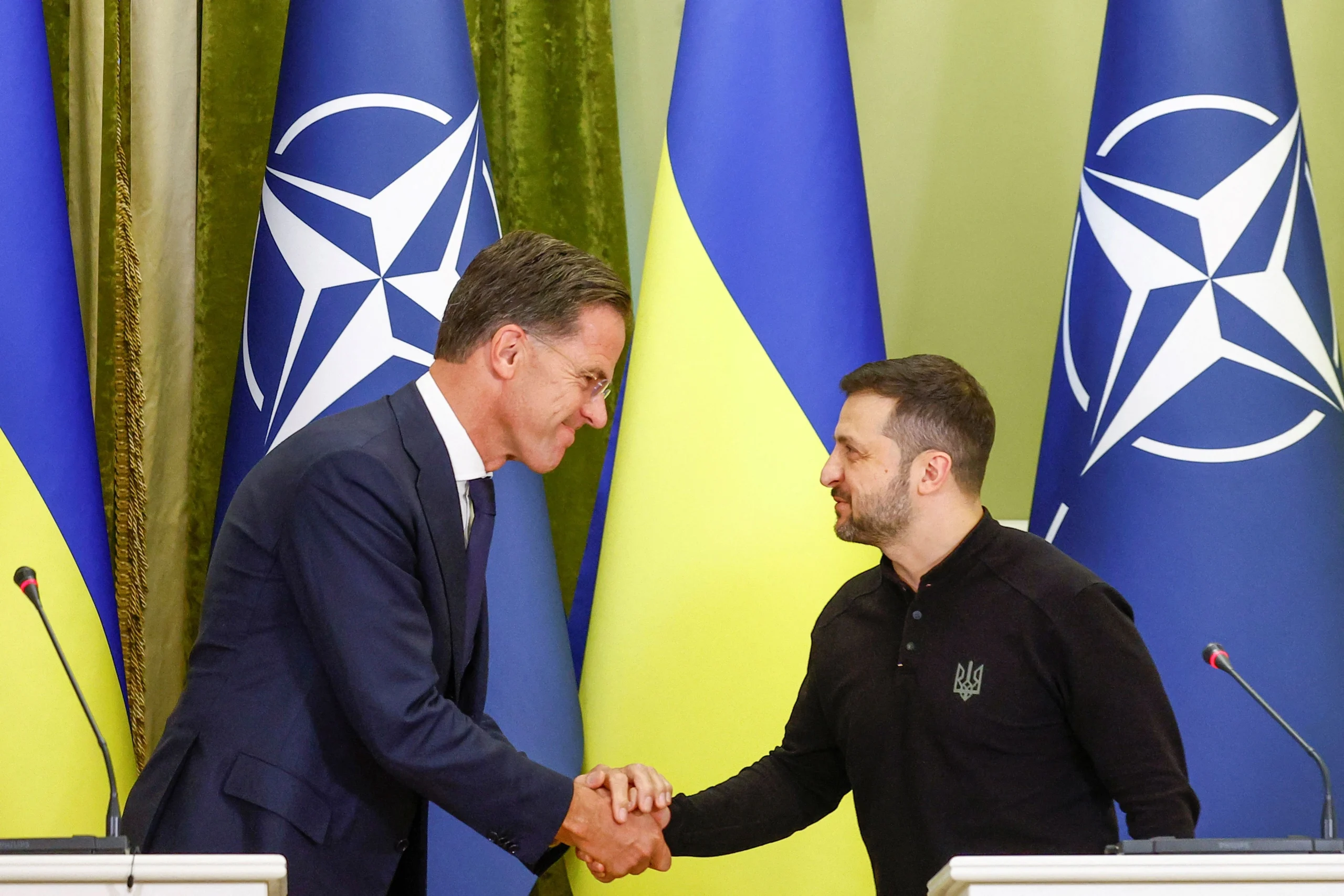The Power of Grand Narratives in the Digital Age
Introduction: The Lasting Influence of Grand Narratives
Grand narratives have always shaped how people understand the world, influencing history, politics, and society. These large, emotionally powerful stories help define national identity, justify wars, and create movements for change. Some of the most famous examples include Manifest Destiny in the United States, which supported territorial expansion, and “Liberty, Equality, Fraternity” in France, which inspired revolutions and democratic ideals worldwide. In earlier times, these grand narratives were controlled by governments, newspapers, and television networks, which acted as “gatekeepers” deciding what information the public would receive. However, the digital revolution, especially social media and artificial intelligence (AI), has changed everything. Today, anyone can create and spread a grand narrative instantly, whether true or false. This has made it easier for powerful stories to unite people, but also to manipulate them and spread misinformation.
The internet, especially platforms like Facebook, Twitter, and YouTube, rewards content that grabs attention and triggers emotional reactions. This means grand narratives that are dramatic, simplified, and emotional spread more easily than complex or nuanced discussions. Social media also creates “echo chambers”, where people mostly see content that supports what they already believe, making them less likely to question or fact-check information. Additionally, AI-generated content, such as deepfake videos and bots, can be used to manipulate reality, making false stories seem credible. The result is a world where grand narratives are more influential than ever, but also more dangerous. This essay explores how grand narratives have shaped history, how digital technology has amplified them, and why it is important to be aware of their risks.
The Historical Power of Grand Narratives
Grand narratives have existed for thousands of years and have shaped the way societies define themselves. In ancient times, narratives about divine rulers and heroic warriors were used to justify kings’ power and inspire armies. One early example is the Greco-Persian Wars (499–449 BC), which created a lasting divide between the East and the West. The Greeks framed their conflict with Persia as a battle between civilisation and barbarism, a narrative that later influenced European colonialism and ideas of Western superiority. Similarly, the United States’ Manifest Destiny in the 19th century justified the expansion of American territory. This belief—that Americans were “destined” to spread their culture across North America—led to wars and the forced removal of Indigenous peoples.
The French Revolution’s slogan, “Liberty, Equality, Fraternity”, introduced a grand narrative of democracy and human rights. It shaped modern ideas about government and inspired political movements around the world, from Latin America to Africa. Likewise, Karl Marx and Friedrich Engels’s The Communist Manifesto (1848) introduced the idea of class struggle, arguing that the working class should rise against capitalism. This narrative influenced the Russian Revolution (1917), China’s Communist Party, and socialist movements across the world. Although communism has declined in many places, its ideals still influence trade unions and political activism today.
Grand narratives are powerful because they simplify complex issues into emotionally compelling messages. For example, Donald Trump’s “Make America Great Again” (MAGA) slogan convinced many Americans that their country had fallen from greatness and needed to be restored. Similarly, during the Brexit referendum, the phrase “Take Back Control” was used to make leaving the European Union seem like a way to regain British sovereignty, even though some of the campaign’s claims—such as the idea that Brexit would free up £350 million per week for the National Health Service—were misleading. In China, President Xi Jinping’s “China Dream” promotes the idea that China is restoring its rightful place as a global leader. By connecting economic success with national pride, this narrative strengthens government control and silences opposition.
How Social Media Strengthens Grand Narratives
The spread of grand narratives has changed dramatically in the digital age. In the past, newspapers, television, and radio controlled which stories were told. Now, social media algorithms determine what content people see, and these algorithms prioritise posts that generate the most engagement—likes, shares, and comments. Research shows that content that triggers strong emotions like fear, anger, or hope spreads faster than neutral or factual content. This means that simplified, emotionally charged grand narratives dominate online spaces, while more complex discussions struggle to gain attention.
Social media also creates echo chambers, where users are only exposed to opinions that reinforce their own. If someone already believes in a particular narrative, social media will show them more content that supports it, while hiding opposing viewpoints. This makes it easier for misinformation and propaganda to spread unchecked. For example, during the Brexit campaign, misleading information about the European Union’s influence on Britain was widely shared, reinforcing anti-EU sentiment. Similarly, Trump’s Twitter strategy allowed him to spread the MAGA narrative directly to millions of people, bypassing traditional media fact-checking.
AI and deepfake technology have made grand narratives even more powerful. Deepfake videos—which use AI to create realistic but fake footage—can be used to spread false information. For example, governments can use AI-generated content to create fake political speeches or manipulate public opinion. In Russia, social media bots have been used to spread propaganda, influence elections, and create confusion about political events. China, too, uses AI-generated content to support state-approved narratives and suppress critical voices. With AI becoming more advanced, it is becoming harder to tell what is real and what is fabricated.
The Decline of Trust in Institutions and the “Post-Truth” Era
Another reason grand narratives have become so powerful today is that people have lost trust in traditional institutions. In the past, governments, universities, and media outlets were seen as reliable sources of information. Today, many people distrust these institutions and turn instead to social media influencers, alternative news sources, and conspiracy theories. This has led to what some scholars call the “post-truth” era, where people are more likely to believe emotionally appealing stories than factual information.
Lee McIntyre, in Post-Truth (2017), argues that people now believe what feels true rather than what is supported by evidence. This makes it easier for false grand narratives to spread, especially on social media. During the COVID-19 pandemic, for example, conspiracy theories about vaccines spread widely, leading to real-world consequences like vaccine hesitancy.
Nicholas Carr, in The Shallows: What the Internet Is Doing to Our Brains (2010), explains that digital media has shortened attention spans. Because people are constantly exposed to short, emotionally engaging content, they struggle to process complex issues. As a result, grand narratives that fit into simple slogans or short videos become far more influential than detailed analysis.
The Risks of Grand Narratives in the Digital Age
Grand narratives can be used for good, helping to unite people and promote important causes. However, they also pose serious risks when they are used for manipulation, division, or misinformation. One major danger is that governments and political leaders can use grand narratives to justify authoritarian policies. In some countries, dissenting voices are silenced, and only state-approved narratives are allowed to circulate. Another risk is that social media-driven grand narratives increase political polarisation, making people more divided and less willing to compromise.
Perhaps the greatest risk is the spread of false information, especially through AI-driven disinformation campaigns. These campaigns can be used to influence elections, spread conspiracy theories, and create social unrest. As technology continues to evolve, the ability to manufacture false grand narratives will only become more sophisticated.
Conclusion
As grand narratives continue to shape society, it is crucial to develop better media literacy and critical thinking skills. People must learn to question emotional messages, fact-check information, and avoid blindly accepting viral narratives. Governments and tech companies also need to regulate AI-generated misinformation and improve social media transparency. Ultimately, the challenge is not whether grand narratives will shape the future, but who will control them and how they will be used.



